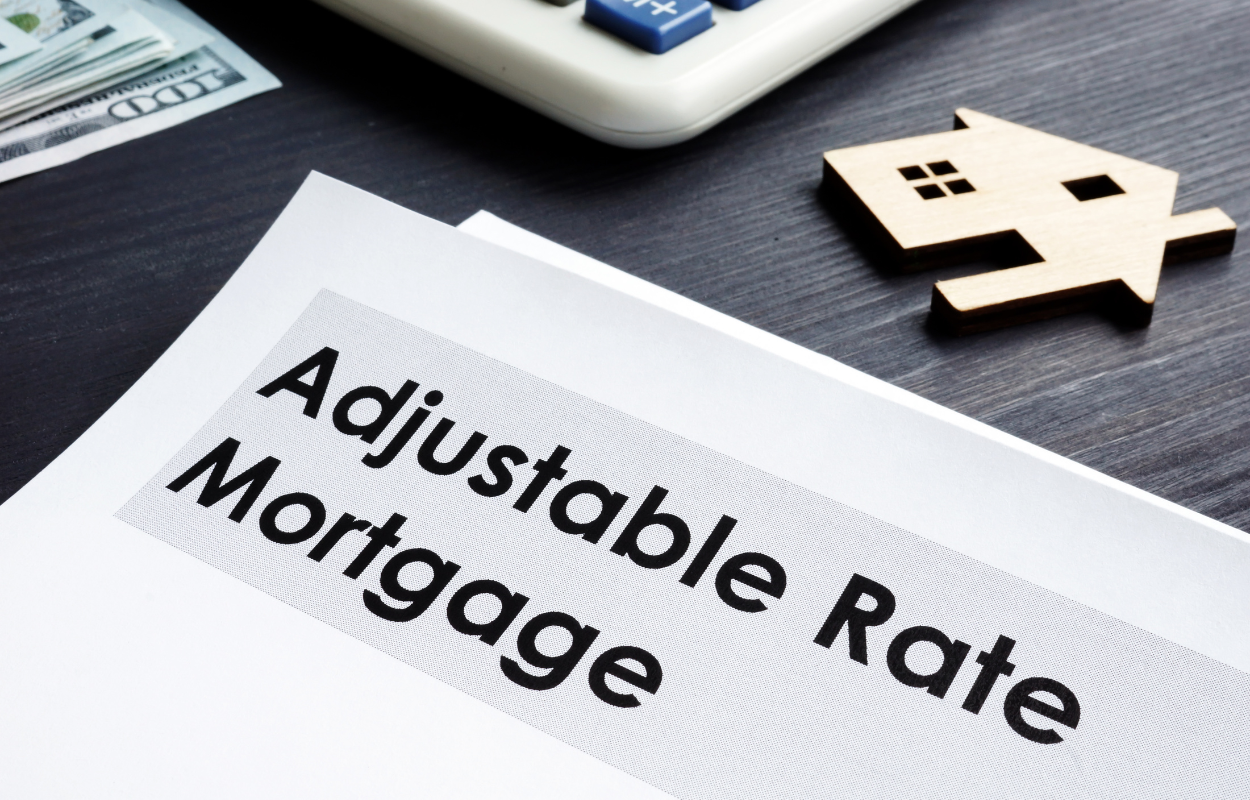 Many people are wondering what type of home loan is right for them, and one of the options is an ARM loan. This is an adjustable-rate mortgage. Typically, the rate is fixed for a certain amount of time, but it can change after that. Adjustable-rate mortgages will vary depending on the market. Is an ARM a smart loan option? There are some situations where an ARM loan can be helpful, but people need to be careful with them.
Many people are wondering what type of home loan is right for them, and one of the options is an ARM loan. This is an adjustable-rate mortgage. Typically, the rate is fixed for a certain amount of time, but it can change after that. Adjustable-rate mortgages will vary depending on the market. Is an ARM a smart loan option? There are some situations where an ARM loan can be helpful, but people need to be careful with them.
The Risk Of An ARM Loan
First, it is important to understand why ARM loans contributed to the housing crash more than a decade ago. Many people took out ARM loans to buy houses that they could not afford. For example, if an ARM loan is a 5/30 loan, this means that it is a 30-year mortgage that has a fixed interest rate for the first five years. Then, after five years, the interest rate can change. There are typically caps on how much the interest rate can rise, but for many people, a three or four percent increase in the mortgage rate is enough to price them out of their homes.
What Are The Advantages Of An ARM Loan?
There are a few advantages that come from taking out an ARM loan. First, they usually have lower rates than fixed-rate mortgages. They might only be lower than a fixed-rate mortgage by a quarter point, but this adds up over time. Furthermore, they are a great option for real estate investors who are planning on buying and selling properties quickly. If someone is only planning on holding onto the property for a year or two, it might be a smart move to take out an ARM loan because the rate will not have a chance to go up before the property is sold.
When To Take Out An ARM Loan For A House
Ultimately, people should consider taking out an ARM loan if they do not plan on living in the property for a long time. That way, they can sell the property before the interest rate increases. This could be a way to save money on property purchases and housing expenses, but there are risks involved, so be careful and speak with a mortgage professional to help guide you with the best loan option for you.

 The real estate market has been red hot this year, with many people looking to purchase a home because of record-low interest rates. This includes younger individuals, as younger generations are interested in owning a house for the first time. The past couple of years have been anything except normal, and the housing market has taken off, with demand far exceeding supply. Why is this taking place?
The real estate market has been red hot this year, with many people looking to purchase a home because of record-low interest rates. This includes younger individuals, as younger generations are interested in owning a house for the first time. The past couple of years have been anything except normal, and the housing market has taken off, with demand far exceeding supply. Why is this taking place? There are many Millennials who are looking for a home, and many of them are getting ready to trade up for more space. If you think you need more space, you may have more buying power than you realize. The coronavirus pandemic has led to a lot of changes, and you might be able to use the equity in your home to purchase a bigger house with more features.
There are many Millennials who are looking for a home, and many of them are getting ready to trade up for more space. If you think you need more space, you may have more buying power than you realize. The coronavirus pandemic has led to a lot of changes, and you might be able to use the equity in your home to purchase a bigger house with more features.